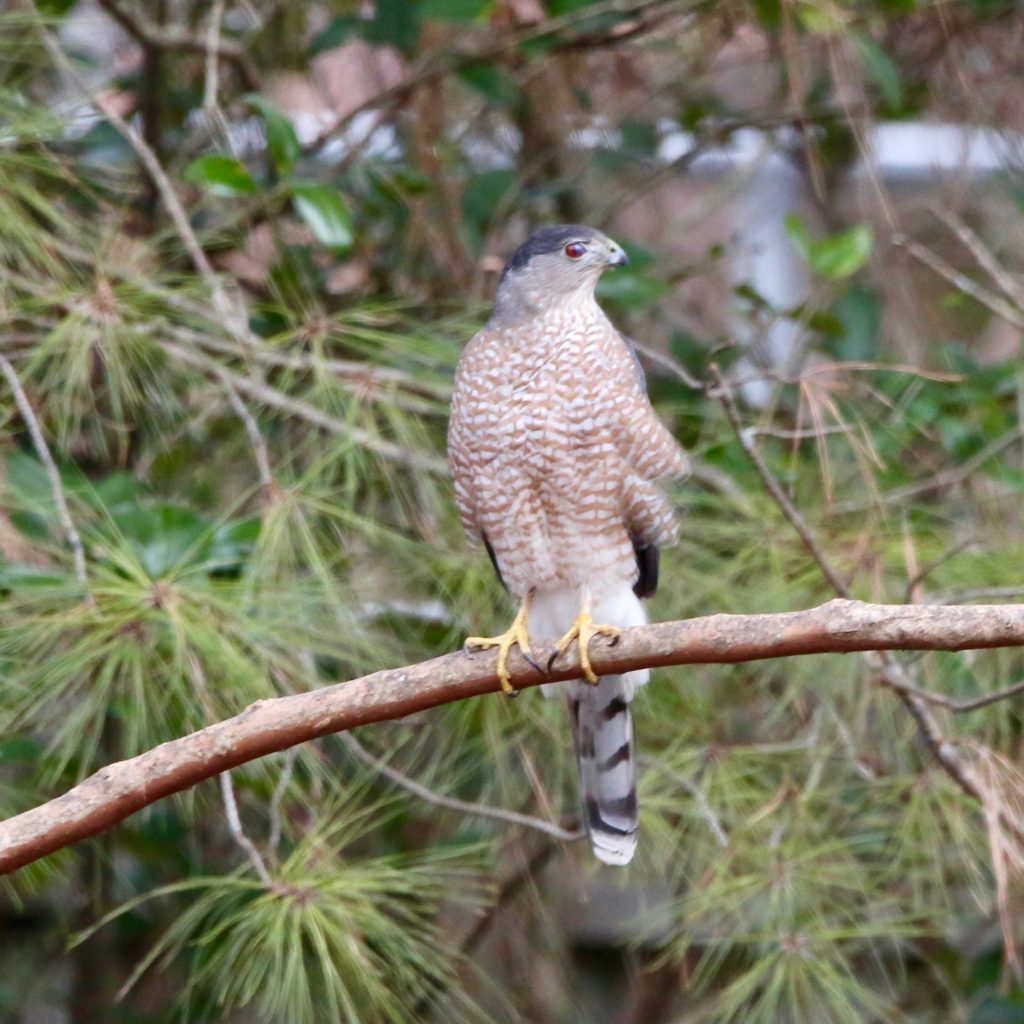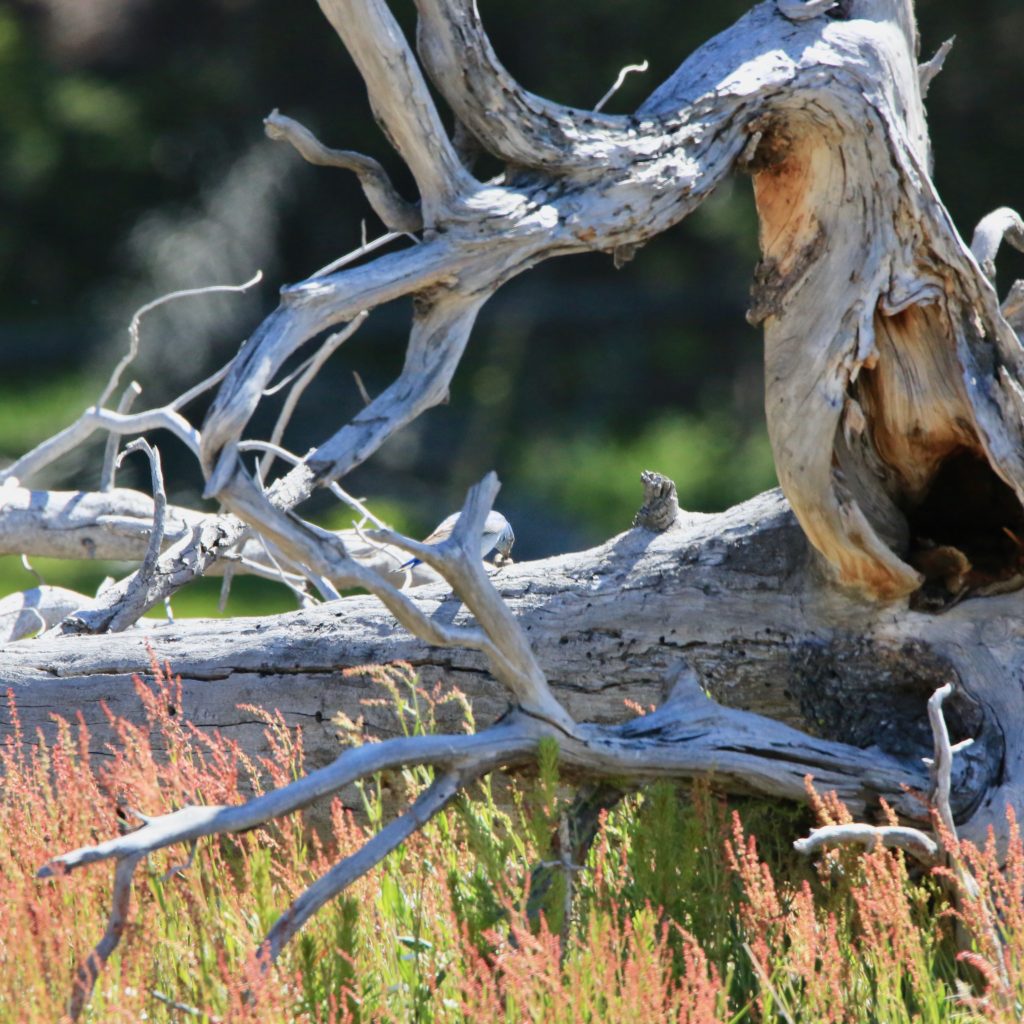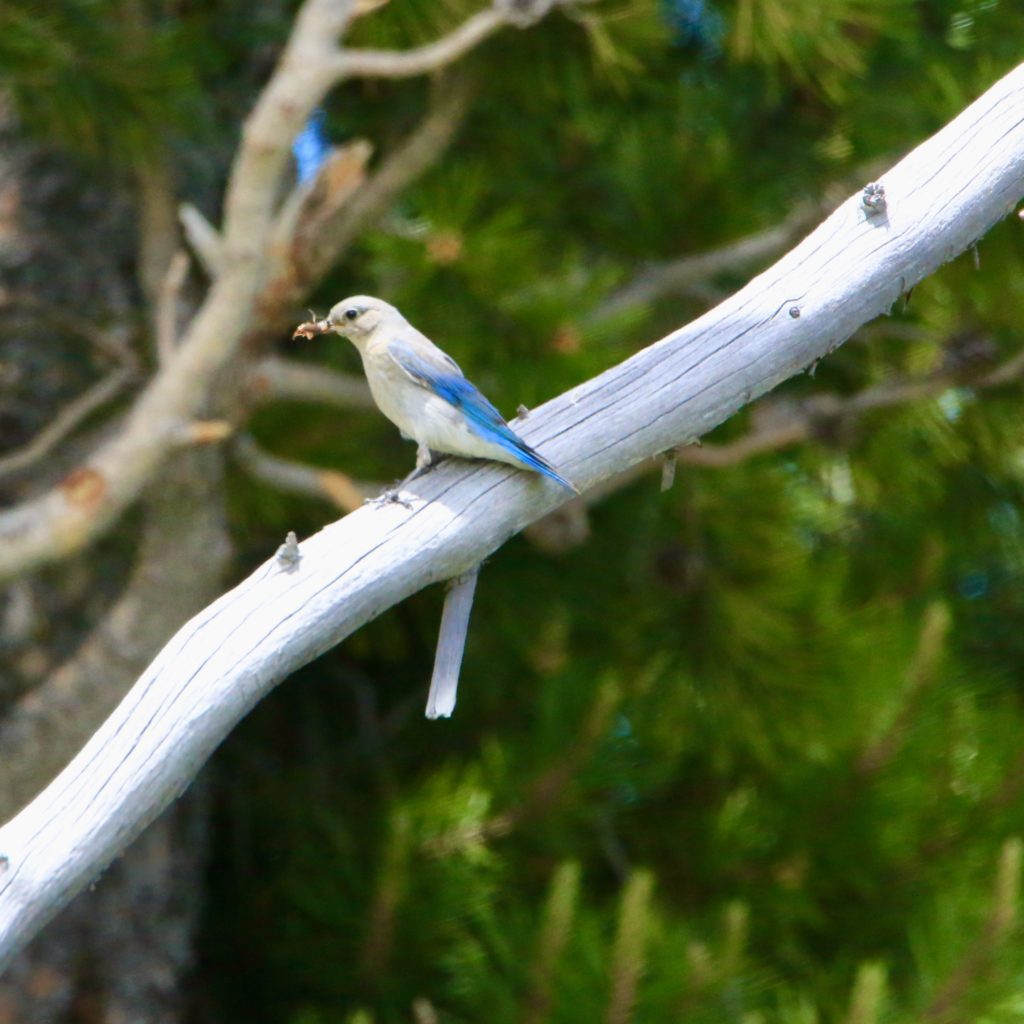
Bird Watching at Black Canyon of the Gunnison National Park
Share
The name of the park is a mouthful as it is a bit exciting, situated in western Colorado, and protected by the National Park Service. The Black Canyon Of The Gunnison National Park is 30,750 acres with south and north entrances. The Canyon of the Gunnison River is a part of the park and the source of the park’s name.
Major Attractions at Black Canyon of the Gunnison National Park
The most exciting activity in the park usually involves all the trails. People take their time here, walking in leisure and taking in the scenery. There are so many viewpoints such as Gunnison Point, Warner Point, Tomichi Point, etc.
The famous trails include the Oak Flat trail, Rim Rock trail, etc. Many people love observing the painted wall, which is visible from several points. The south rim road is for those who enjoy scenic drives and want to get a feel of the park in a single tour. You have to visit the Black Canyon visitor center. You can learn about the history of the park, rest and east and most of all, buy souvenirs for your friends and family.
The East Portal road offers magnificent scenery as you leave the canyon behind and head straight for the water area. There is the Pulpit Rock overlook, where you have to walk a short distance to reach it and you can see the Gorge from up above.
Some people raft on the park waters while others walk around. You can also camp in the park where there are several camping grounds. You can collect necessities from the visitor center, too.
GET KIDS BIRD WATCHING
Bird Watching at Black Canyon of the Gunnison National Park
509 bird species have been observed in Colorado. Black Canyon of the Gunnison National Park appears to know at least 100 of them. It appears canyons pose no barrier for birds who are looking for food and water. In this area, you will find Great Horned Owls, Mountain Bluebirds, Steller’s Jays, Peregrine Falcons, Canyon Wrens, American Dippers, etc.
In this area, Bluebirds appear due to migration. They do not stick to the area all year. For Steller's Jays and Great Horned Owls, the canyons are pretty much their home. Steller's Jays do not come too close to campgrounds but they do love stealing food from the visitors any chance they can.
The ledge of the canyon walls usually has Peregrine Falcons nesting, ready to pounce if they spot their prey. Canyon Wrens also nest on the ledges. You have a higher chance of hearing Canyon Wrens than spotting them due to how high they nest.
10 Birds to See at Black Canyon of the Gunnison National Park
Great Horned Owl
Great Horned Owls are brown and white and have two pointy tufts that look like ears. You can find them throughout the United States, Canada, and Mexico. Their population is widespread and common and not at risk of being endangered. They make their homes near forests, streams, and open country. Great Horned Owls are the most recognized owl because they make a deep hooting sound. They have a great night vision to hunt in the dark. Great Horned Owls like to eat frogs, mice, birds, and sometimes mammals bigger than themselves! They lay 2 to 3 eggs and will use old nests from other large birds. Sometimes they add feathers to their nests. Great Horned Owls do not have a regular migratory route; however, some have been seen moving south for the winter.
Mountain Bluebird
Mountain Bluebirds are a powder-blue color. You can find them in the mountain region of western North America. Their population is stable and not at risk of being endangered. Mountain Bluebirds make their homes in the open country where there are few trees. These Bluebirds sit perched on fence posts, power lines, and treetops. This allows them the ability to make a quick dive for food. Mountain Bluebirds eat insects and some berries. They lay 5 to 6 eggs and nest in a tree, birdhouse, or dirt bank. They migrate late in the fall and early in the spring.
Steller's Jay
Steller's Jays are blue with a black head and a triangular crest. They live near evergreen forests in the mountains of the western United States. They make their homes in pine and oak forests. Their population is widespread and common. Steller's Jays make their nests out of the mud. They stay in the high canopy and fly down in long, lazy swoops. They eat nuts, seeds, or handouts from humans! Steller's Jays are permanent residents but may move to lower elevations in the winter.
Peregrine Falcon
Peregrine Falcons are blue-gray with spots on their underbelly. They live throughout North America. They make their homes in open country and along coastal mountains. Their population is currently stable and increasing after a sharp decline. Peregrine Falcons eat other birds such as ducks, songbirds, and Pigeons. Peregrine Falcons are one of the largest Falcons and also one of the fastest birds. They can reach speeds up to 200 mph as they dive down to
capture their prey. People often train Peregrine Falcons for hunting. These Falcons like to build their nests on cliff ledges and lay 3 to 5 eggs. They migrate along the coastline and often go out to sea.
Cooper's Hawk
Cooper's Hawks are blue-gray with reddish-brown underparts. They are smaller than most Hawks but are still just as fast. They are woodland Hawks that live throughout North America. There was a small decline in their population, but has since recovered and is stable. This Hawk lives in mature forests and along the woods' edge. Cooper's Hawks feed mostly on small birds and sometimes consume chipmunks and squirrels. They lay 3 to 5 eggs in an old nest high up in
pine trees. Cooper's Hawks migrate during the day moving south for the winter.




















Cooper's Hawk 
























































